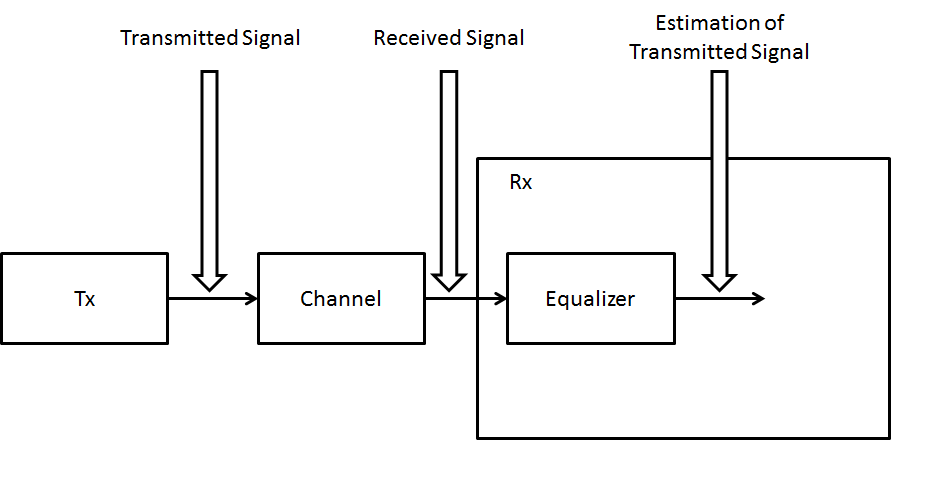You can only use the equation outeq=youteq = y./w′ if you have a flat channel. If your channel is not flat, this equation will not work. A flat channel is a channel that only has a multiplicative effect in the transmitted signal. Imagine that you will perform a convolution, but the filter that represents your channel has only one coefficient. That's why you can just divide things in the receiver to perform equalization. But be careful, if you are not using OFDM (a robust technique against frequency selective channels) or if your channel has more than one coefficient, your channel will not be flat (it is more complex than this, but it is the main idea).
There are a lot of ways of doing that. I suggest you to start from the basic. Read a little about Zero Forcing equalizers, MSE equalizers and Maximum Likelihood Sequence Estimation. without more details, it is difficult to tell you which one to use. What you want to achieve? What is your goal? Each one has its advantages and disadvantages. Read a little bit about them and you will be able to determine which one you need.
UPDATE:
Look at the figure to understand better:
In this figure, you can see that the transmitted signal is the input of the channel filter (a FIR filter). The output of this filter is the received signal, which is the input of the equalizer. I have just drawn the main blocks to show the concept of equalization. Of course you can add the channel estimation block and other things inside the receiver block.
The coefficients of your equalizer are not the same coefficients of your channel filter. The impulse response of your equalizer must be in such a way that it corrects the effects imposed by the channel.
When you project an equalizer, you want the output of you equalizer to be an estimation of the input of your channel, that in the figure I called the transmitted signal.
But , if it is an m tap filter, then I should resort to some other techniques as you have said. Would another FIR filter as an equalizer be applicable? I know of Zero-forcing, MMSE techniques but was thinking of using the linear filter as most books say that equalizers are mostly FIR filters.
But ZF and MMSE equalization are techniques to find the taps of a linear FIR filter with as many taps as you want. Once you have found the taps through one of this techniques, you can just use
filter(equalizer_coefficients, 1, received_signal)
You use the ZF and MMSE to find the equalizer_coefficients. Once you have it, you just need to perform the filtering. The only problem is that these techniques are not blind techniques because they use training sequences to find the taps. If you want a blind technique, you can search for CMA equalization, for example, but the technique that you should use will depend directly of the nature of your signal. Is a modulated signal? What kind of modulation you have?
You said that you are using Kalman Filter and expectation to estimate your channel impulse response. Once you have it, you can easily use the ZF technique to find the equalizer coefficients, for example. And your equalizer surely will be a linear FIR filter.
Let me know if I could make it more clear.

